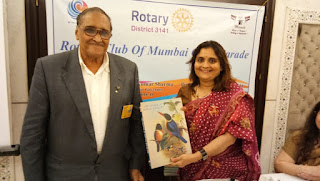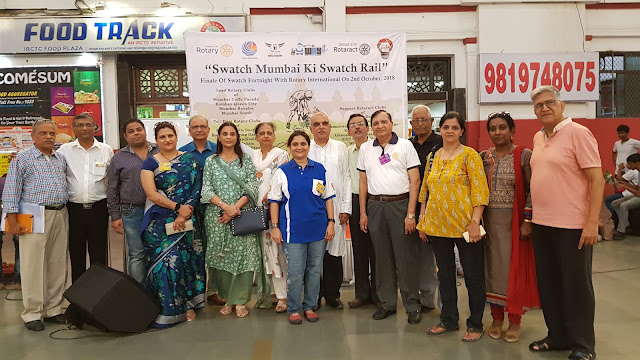My India !! Green India
Hi Friends !!
As all of us know that Globally, forest cover is one-third less than what it once was and global deforestation continues at 13 million hectares per year. This indiscriminate felling of trees threatens the environmental health and sustainability of communities in rural and urban milieu. Social forestry needs to be undertaken on a large scale to reverse the ill effects of deforestation and restore the ecological balance.Same time our duty as a citizen of India to do whatever in our capacity.
Most of the time We are not even aware what trees should we plant?
Most of the time people go for Tree plantation drive, without any proper knowledge and guidance.
Sp, naturally its end up in to photo ops and nothing beneficial to our environment.
What is required is proper guidance on What to plant , Where to plant , When to plant and basic care about it.
Most of the time people go for Tree plantation drive, without any proper knowledge and guidance.
Sp, naturally its end up in to photo ops and nothing beneficial to our environment.
What is required is proper guidance on What to plant , Where to plant , When to plant and basic care about it.
Proper direction and advise in very Juicy narration will be by Rtn. Ashok Kothari, Ave,Chair, Environment.
July 25th,Wed, @ Samrat Hotel, 6.15 p.m
Dr.Ashok.Kothari,practising doctor,having green corner at heart.Dr. Kothari is a horticulturalist and a Hon.Sec of Bombay natural history society (BNHS). He has authored many books. Few are really gems for nature lovers collection.
Dr. Ashok Kothari has penned three books ,
Celebration of Indian Jungles
Treasures of Indian Wildlife
Living Jewels from the Indian JungleTreasures of Indian Wildlife
The books bring together articles, drawings, and paintings from valuable old books, journals, and gazetteers in the collection of the Bombay Natural History Society. The historical writings of wildlife and bird enthusiasts of the past paint a vivid picture of India’s rich flora and fauna, in urgent need of protection today. Paintings, mostly of birds, and lithographs and sketches of animals and trees, scenery and monuments, many of which are recognized as classics of their type, are mainly the work of eminent European wildlife artists of the19th and early 20th centuries. In a substantial section at the end of the TREASURES OF INDIAN WILDLIFE, gleanings from the miscellaneous notes section of early issues of the Journal of the BNHS provide lively snippets of information on species as wide-ranging as red ants, mongoose, minitor lizard, python, cobra, cheetah, and darter. With the descriptive text and stunning visuals, like its predecessor SÁLIM ALI’S INDIA, these books will be a prized possession for anyone with an interest in India and its natural history.





Comments
Post a Comment